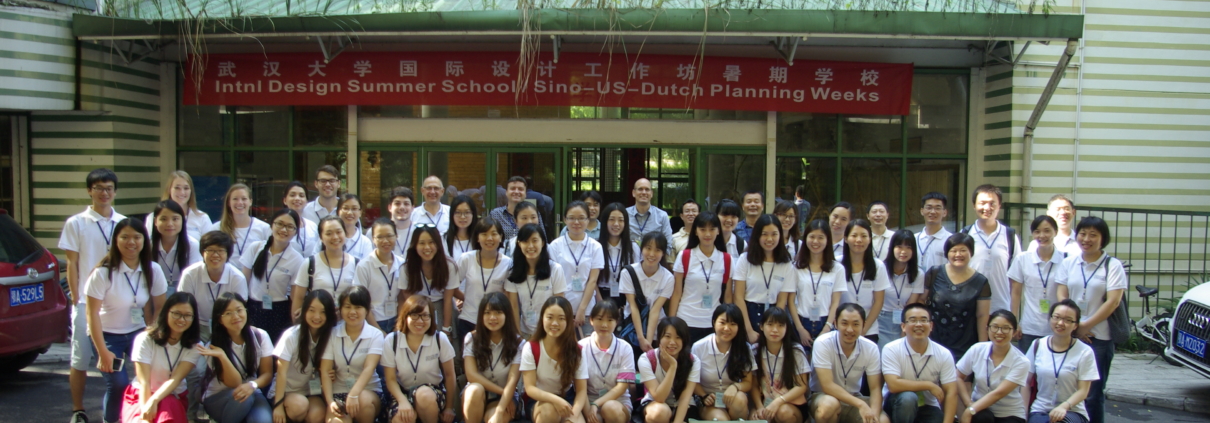International Design Summer School, Wuhan University
In 2015 was ik coördinator van de International Design Summer School (Sino-US-Dutch Planning Weeks) aan de School of Urban Design, aan de Wuhan University. Aan deze International Design Summer School namen 52 master student mee van zes universiteiten: Wuhan University, South China University of Technology, Shenzhen University, Xi’An University of Architecture and Technology, State University of New York, University of Texas Austin en de Universiteit van Utrecht. De International Design Summer School (27 juli – 7 augustus) was een samenwerking tussen de Graduate School of Wuhan University, School of Urban Design Wuhan University, University of Texas University Austin, ISOCARP en Wuhan Planning and Research and Exhibition Center. De acht groepen werden in duo’s begeleid door Ming Zhang, Andy Law, Zhengdong Huang, Rob van der Wijst, Yanxin Li, Hans Hofman en Qizhi Liu.
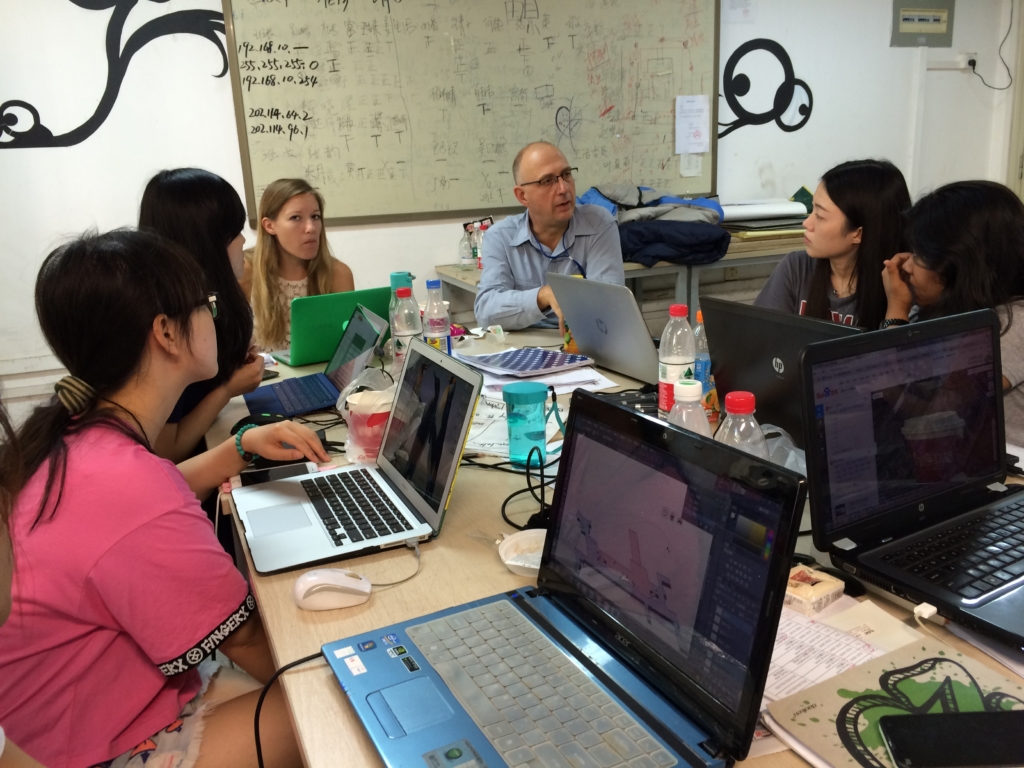 In de International Design Summer School ‘Planning and design strategies for urban regeneration in historical areas’ zijn drie thema’s uitgewerkt: ‘Multi-modal transport integration at metro stations’, ‘Slow-moving and pedestrian network planning and design’, en ‘Historical neighbourhoods revitalisation involving local residents’. Alle drie locatie liggen in het centrum van Wuhan, Hankou Concession District. De onderliggende opdracht aan alle deelnemers was het bedenken en uitvoeren van bewoners participatie processen. We stuurden de deelnemers met hun analyses en tekeningen meerdere malen de straat op en de wijken in om met bewoners en belanghebbenden over hun analyses en voorstellen van gedachte te wisselen. Dit was volstrekt nieuw voor veel van de deelnemers en het leverde verassende resultaten en reacties op.
In de International Design Summer School ‘Planning and design strategies for urban regeneration in historical areas’ zijn drie thema’s uitgewerkt: ‘Multi-modal transport integration at metro stations’, ‘Slow-moving and pedestrian network planning and design’, en ‘Historical neighbourhoods revitalisation involving local residents’. Alle drie locatie liggen in het centrum van Wuhan, Hankou Concession District. De onderliggende opdracht aan alle deelnemers was het bedenken en uitvoeren van bewoners participatie processen. We stuurden de deelnemers met hun analyses en tekeningen meerdere malen de straat op en de wijken in om met bewoners en belanghebbenden over hun analyses en voorstellen van gedachte te wisselen. Dit was volstrekt nieuw voor veel van de deelnemers en het leverde verassende resultaten en reacties op.
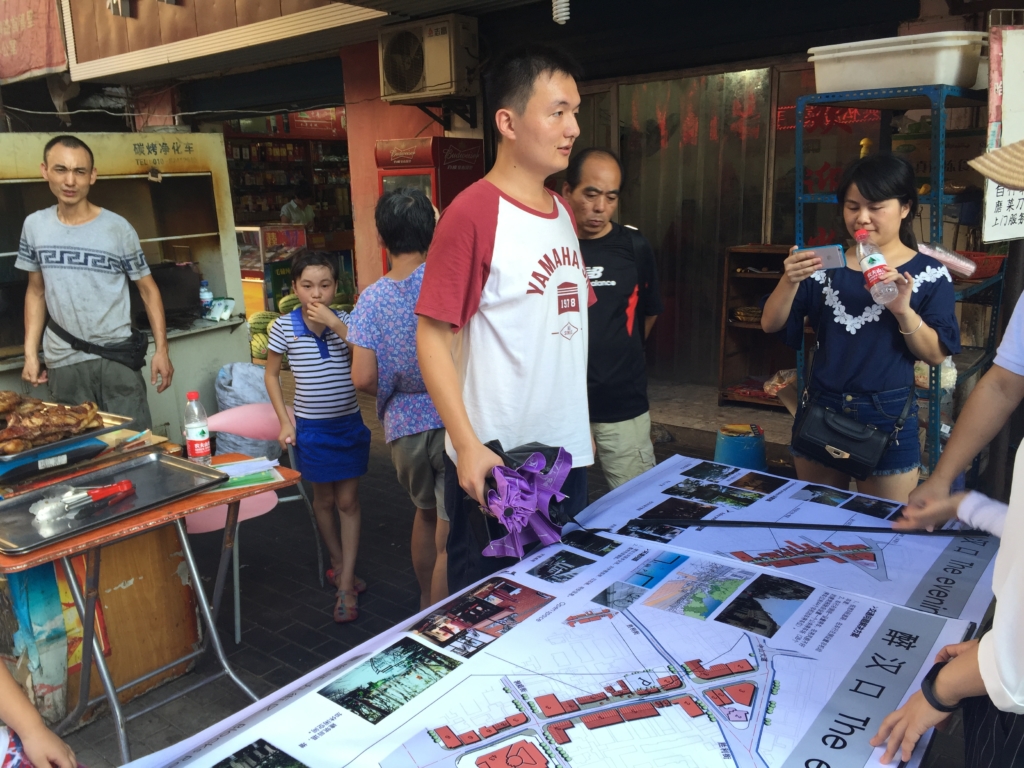 Backgrounds: ‘Hankou Concession District, located in the core area of Hankou Historic District along the north bank of Yangtze River in Wuhan, currently holds on the pleasant human-scale street grid, neighborhood, and architecture forms of the early and mid-term style of last century. Owing to continuing economic development, mobility improvement and income increase in recent decades, demands for new living and working styles have been growing, including commuting, consuming, leisure, and business activities. These demands are not matched with the existing functional capacity and spatial characteristics of historical streets, such as jammed traffic, decaying neighborhood environment, declining block quality, and physically aging and functional recession of “Lifen” (a local featured residential block form).’
Backgrounds: ‘Hankou Concession District, located in the core area of Hankou Historic District along the north bank of Yangtze River in Wuhan, currently holds on the pleasant human-scale street grid, neighborhood, and architecture forms of the early and mid-term style of last century. Owing to continuing economic development, mobility improvement and income increase in recent decades, demands for new living and working styles have been growing, including commuting, consuming, leisure, and business activities. These demands are not matched with the existing functional capacity and spatial characteristics of historical streets, such as jammed traffic, decaying neighborhood environment, declining block quality, and physically aging and functional recession of “Lifen” (a local featured residential block form).’
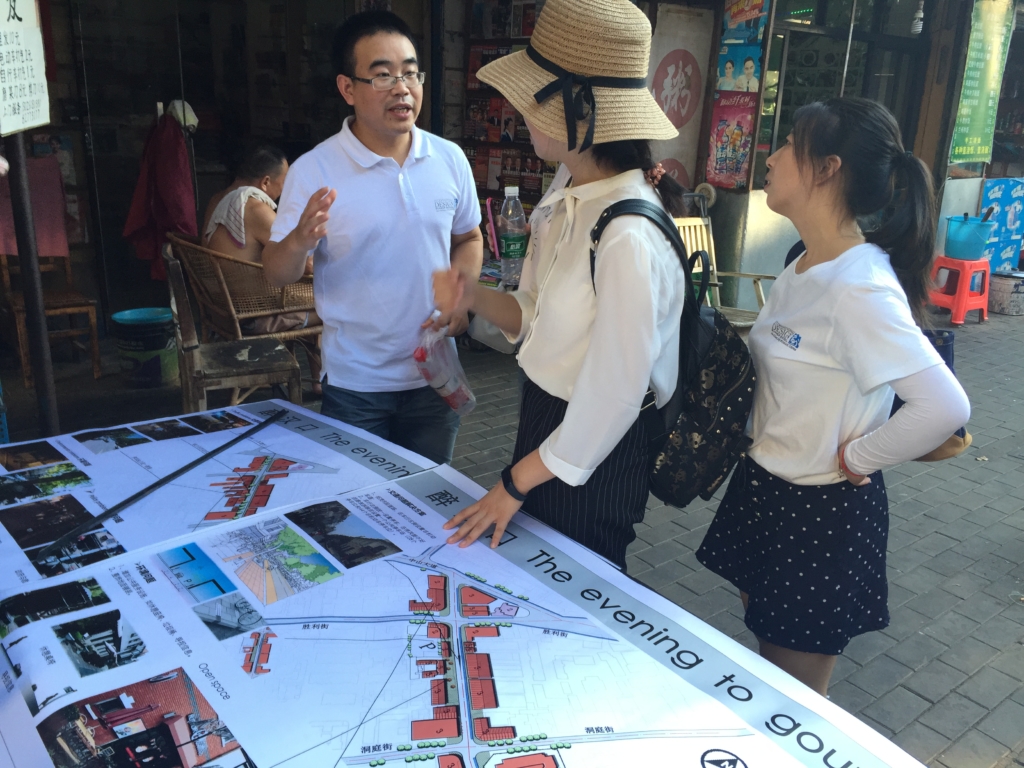 ‘The vast investment on public facilities and infrastructure in recent years, including the construction of rail transit system, green space, and public space, has created a new opportunity and favorable external conditions for the regeneration of historical districts. Hankou Concession District is served by two rail lines and Wuhan’s first cross-river tunnel. The Yangtze River is located to the south-eastern of the district, in between a large riverside park attracts large number of residents and travelers. Under the above circumstances, this project seeks creative solutions for integrating multimodal transport, protecting, and promoting cultural and morphological characteristics.’
‘The vast investment on public facilities and infrastructure in recent years, including the construction of rail transit system, green space, and public space, has created a new opportunity and favorable external conditions for the regeneration of historical districts. Hankou Concession District is served by two rail lines and Wuhan’s first cross-river tunnel. The Yangtze River is located to the south-eastern of the district, in between a large riverside park attracts large number of residents and travelers. Under the above circumstances, this project seeks creative solutions for integrating multimodal transport, protecting, and promoting cultural and morphological characteristics.’
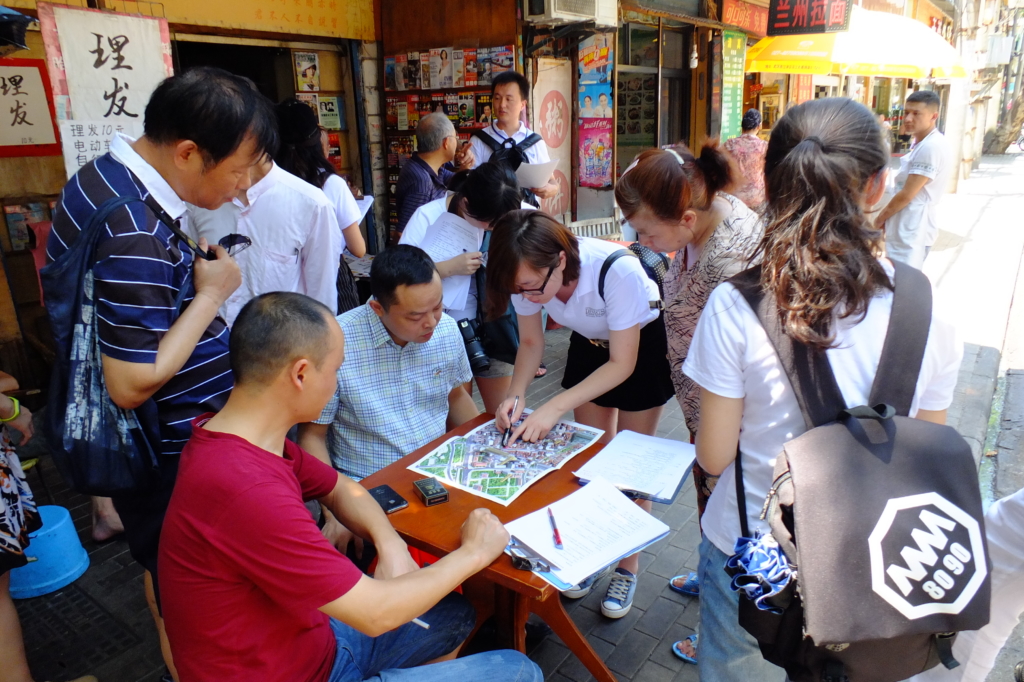
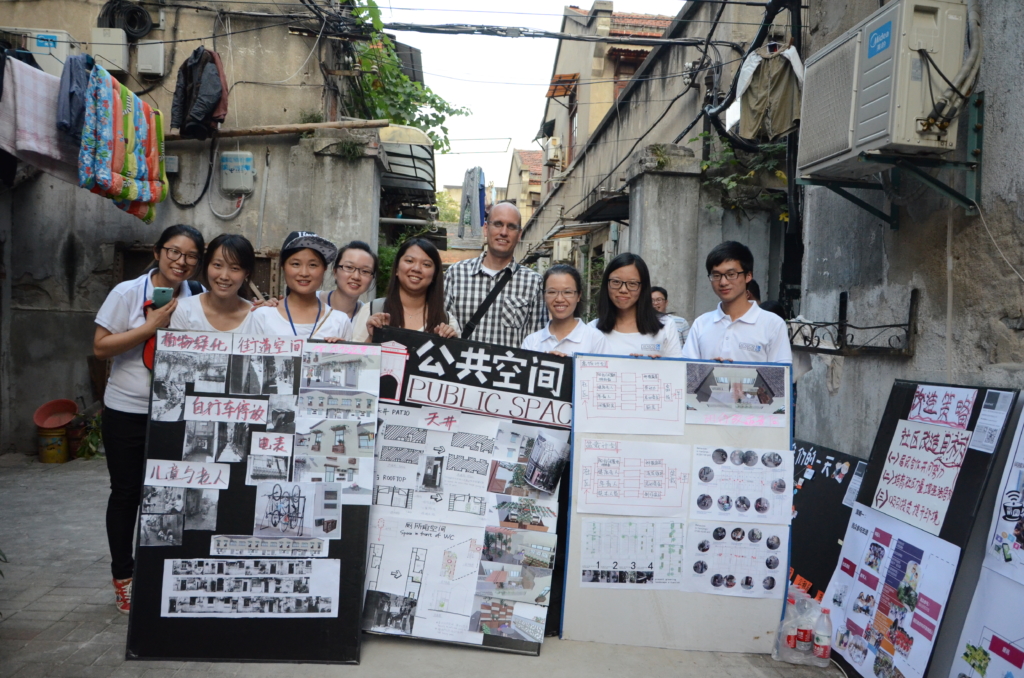
 Download the brochure van de International Design Summer School hier: DOWNLOAD #228_Sino-US-Dutch Planning Week Wuhan
Download the brochure van de International Design Summer School hier: DOWNLOAD #228_Sino-US-Dutch Planning Week Wuhan

